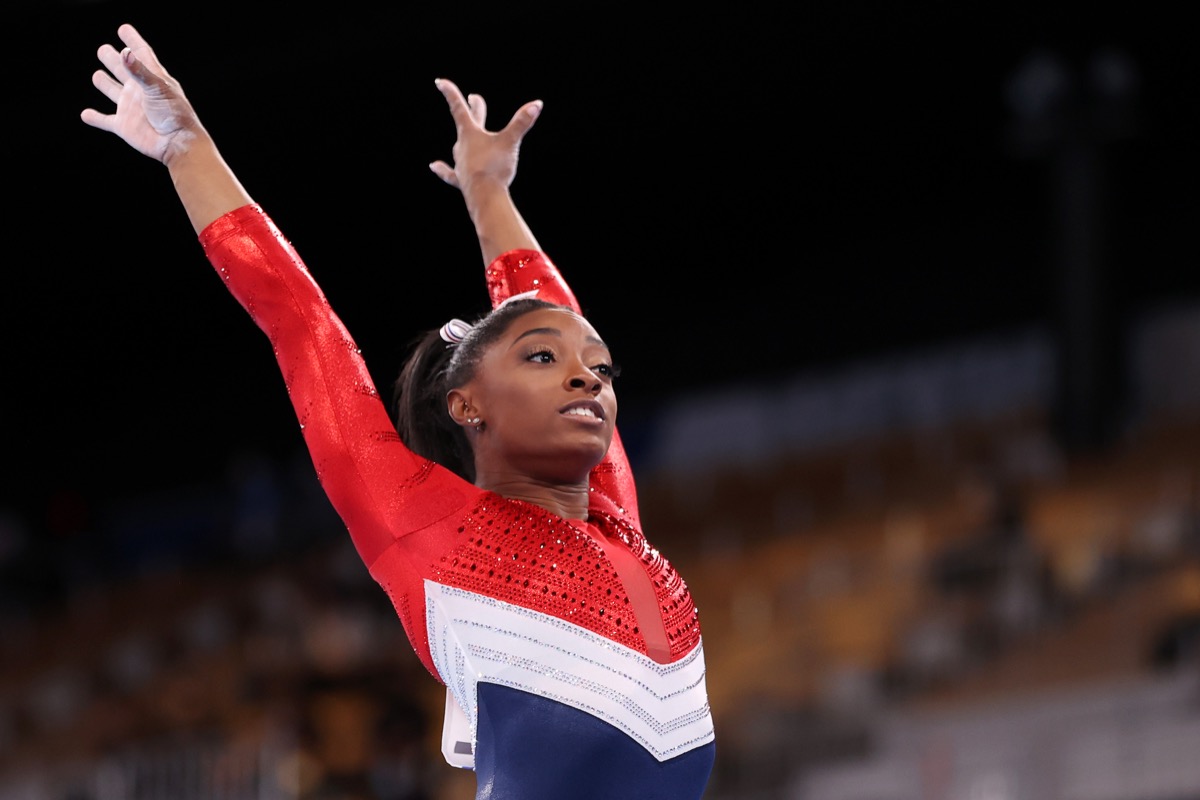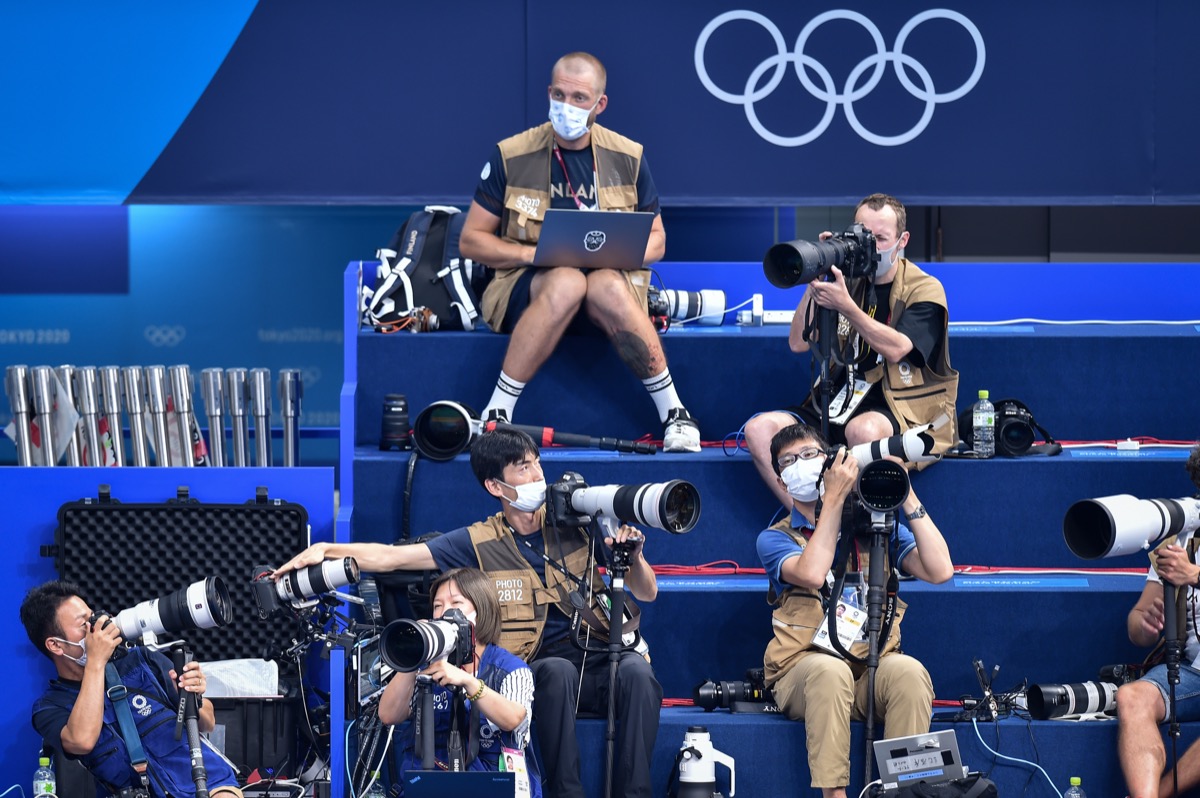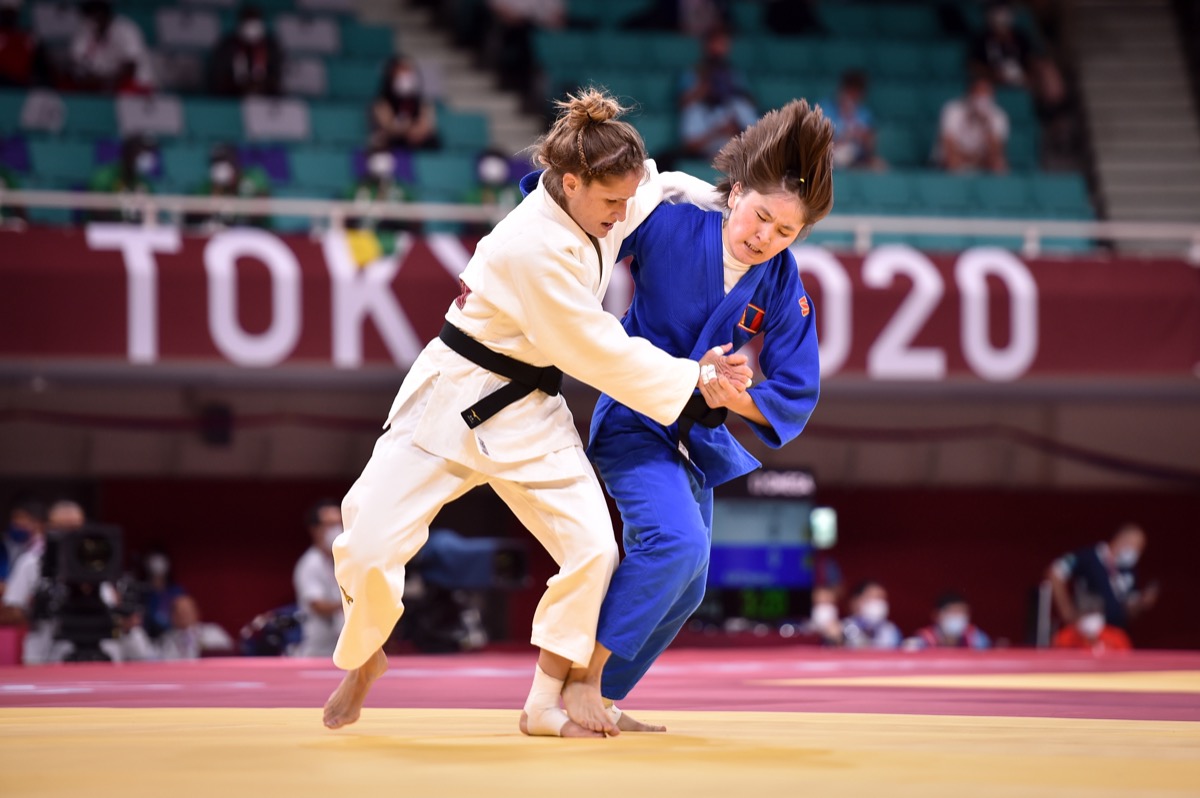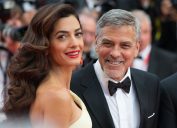The Olympics Won't Show This to Prevent Athletes From Being Sexualized
Broadcast guidelines for the Olympics have changed for an important reason.

Society continues to experience a long-overdue reckoning about what are and aren't acceptable ways to treat women in the public eye. Many people and organizations have found themselves trailing behind this shift, and some are just now catching up. This year, the Tokyo Games have seen a lot of big changes, many of which were created to mitigate the spread of COVID. However, there is one thing officials at the Olympics are seeking to change in an effort to prevent athletes from being sexualized. Read on to find out what you won't be seeing broadcast this year.
RELATED: See These Olympic Gymnasts' New Uniform, a Protest Against Sexualization.
Olympics coverage is steering clear of shots that sexualize women athletes.

Olympic Broadcasting Services chief executive Yiannis Exarchos made it clear to the Associated Press (AP) that it's his goal to ban overly sexualized images of women athletes during the Games. "You will not see in our coverage some things that we have been seeing in the past, with details and close-ups on parts of the body," Exarchos told the AP on July 26. "Sport appeal, not sex appeal" is a mantra for Olympic officials as they try to achieve equality both within the sports and through onscreen representation. This tenet has led to the creation of new guidelines.
RELATED: Women Athletes Are Calling Out the Olympics for Forcing Them to Do This.
There are new, specific guidelines to help prevent sexualization.

The International Olympic Committee (IOC) updated its "Portrayal Guidelines" with new guidance meant to steer broadcasts toward "gender-equal, fair, and inclusive representation." One aspect of the updated guidelines asks that if an athlete "suffers a wardrobe malfunction or unfortunate incident around clothing (item of clothing that splits or tears or inadvertently reveals more of the body than intended)," broadcasters reframe the shot or delete it "to respect the integrity of the athlete."
The new guidance also advises those covering the Olympics to avoid focusing "unnecessarily on looks." Examples the IOC provides include discussing makeup, hair, nails, clothing, or intimate body parts, such as "crotch shots, cleavage, backsides," especially if the commentary doesn't relate to the athlete's performance. Additionally, journalists are asked to "avoid lingering 'reveal' shots from head to toe" during athlete reveals.
Some sports' uniforms may make it harder to avoid questionable shots.

While it's easy to avoid making commentary on women's appearance, staying away from questionable shots may prove more challenging. The AP points out that this "can be difficult with state-of-the-art technology filming sports—such as beach volleyball, gymnastics, swimming, and track—where female athletes' uniforms can be scant and skimpy."
During the Tokyo Olympics, some women athletes have been protesting the uniforms they are expected to wear. The German gymnastics team debuted unitards, which cover their legs, for the first time in women's Olympic gymnastics. The Norwegian women's handball team was recently fined for refusing to wear bikini bottoms, which are mandated by the European Handball Federation.
RELATED: For more up-to-date information, sign up for our daily newsletter.
Olympics coverage is taking more steps to promote gender equality.

Exarchos told the AP that the Olympics' goals extend beyond putting a stop to sexualized coverage. This year there are more women's and mixed-gender events on the roster, and they are scheduled in more prominent slots, according to the AP. "We in media have not yet done all that we can do," Exarchos said. "This is something that we need to be frank and open [about] among ourselves."
RELATED: McKayla Maroney Became an Olympic Icon a Decade Ago. See Her Now.





















